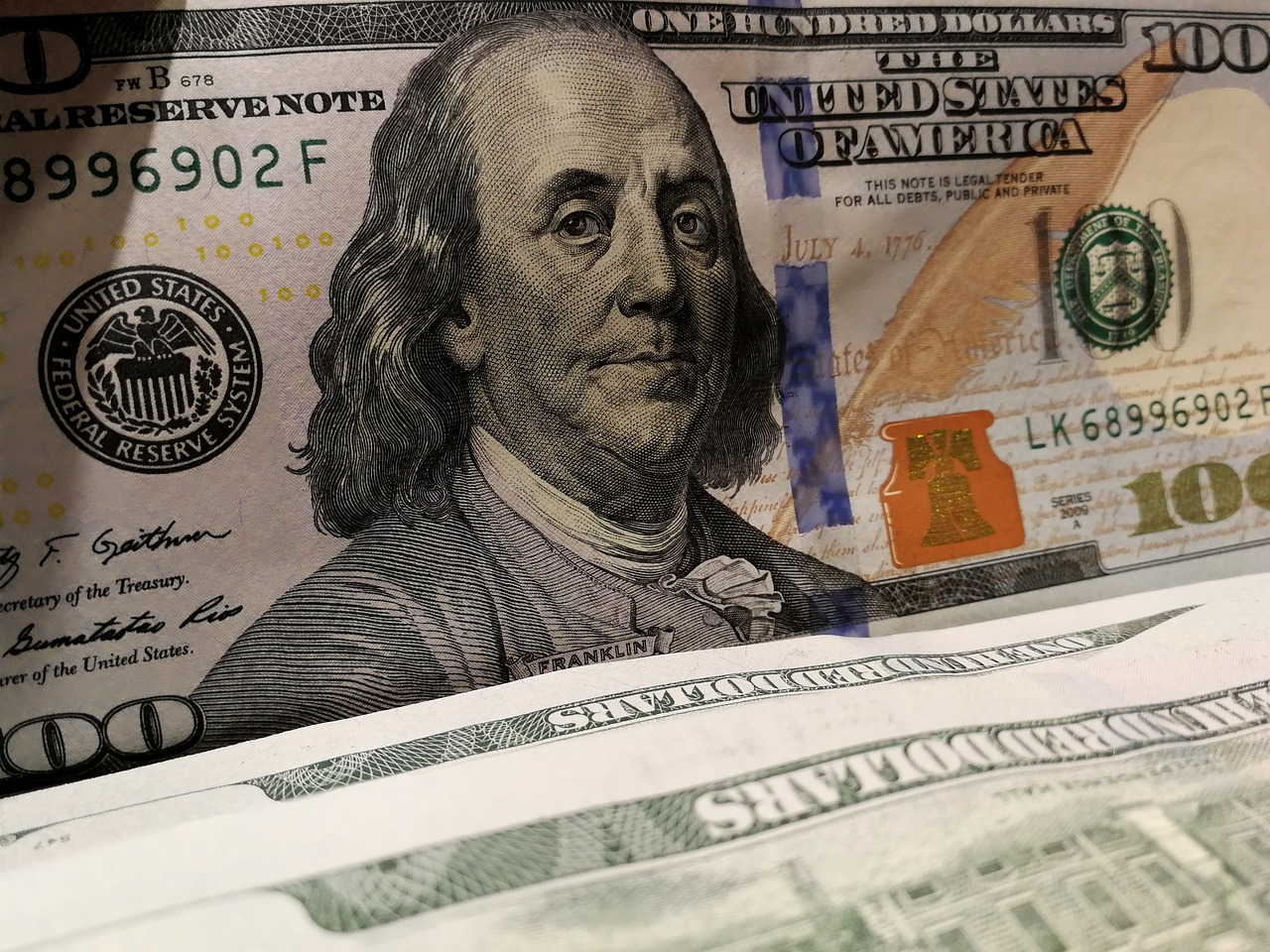On Wednesday, December 13, 2023, the Federal Reserve announced that it was holding the federal funds rate steady. This was not surprising and was anticipated. However, the Fed indicated that it would likely start lowering rates early next year and announced that it anticipated three rate cuts in 2024. That was surprising and markets reacted positively. Despite this positive news, I would argue that the Fed should begin rate cuts now.
The federal funds rate is the interest the Fed pays banks on their holdings of reserve balances. The theory is, that banks reduce or increase lending based on the rate and ultimately pass the costs or savings on to their customers. When rates increase, few loans are initiated and hence less money is created, helping reduce inflation. When rates decrease, more loans are created which spur some inflation. As long as this inflation is minor and within an acceptable range, which the Fed defines as 2 percent, this is considered positive because the resulting economic activity offsets the inflation.
One problem with this argument is that it takes time for behaviors to change because of rates and it takes time for money to leave or enter the system and thus impact it. Consumers and businesses make plans that are not easily changed rapidly just because rates have changed. Businesses make calculations on investments based on rates, but often there are other factors that determine if a project goes forward (e.g., a business receives government incentives to invest in a new plant). The cost of money is only one of many factors that determine investment viability. Consumers run the same calculations, albeit less formally, and have competing rationals as well (e.g., sometimes you need a new car because the other was in an accident). Therefore, changes in rates take time to percolate through the economy.
The economy appears to be chugging along quite nicely today despite historically rapid increases in rates (some of this may be due to other factors that have isolated businesses and consumers from the biggest impacts of increased rates). Employment is strong, labor participation is high, layoffs are low, and inflation is falling. However, if you scratch the surface you will find that not everything is so rosy. November employment increases were confined to a few sectors, specifically retail, hospitality, and government. Exclude those and you see employment fall. Layoffs are low, but they are happening in what is called “stealth layoffs,” that is the employer is giving months of notice and significant severance payouts, but otherwise keeping the layoffs quiet. Furthermore, it is taking longer and longer for white collar workers to find jobs. Finally, while inflation is falling, most of the recent declines appear to be because of fuel prices, though the trend does point to continued declines.
Given this softening, I argue now is the time to raise rates. It will take time for those rate increases to work their way through the economy and begin to change behaviors and thus change behaviors and investment decisions. The longer the Fed waits, the longer it takes for behaviors to change and the longer it takes for businesses to make investments. If the Fed waits too long, then consumers and business may be in situations where they cannot make investments even if they wanted or are not even allowed because banks are hunkered down and not lending money despite low rates.
The cynic in me suspects the Fed’s statement projecting three quarter point rate cuts next year is more about testing the waters than providing true guidance on their expected actions in 2024. They want to know if inflation will rise just from the mean suggestion of rate cuts or if it will continue to moderate. They have left themselves significant room to continue to hold rates steady or even raise them if their talk of rate cuts results in increased inflation over the next month or so. Nonetheless, a little inflation is likely not a problem in real terms as long as the fundamentals point toward continued moderation. The main issue for the Fed is perception.
The Fed is worried about being perceived as weak or soft on inflation given their earlier failures at recognizing inflation in 2021, so they are likely to over compensate and wait too long to lower rates now. I have long argued that the inflation we saw in 2021 would be transitory. The question was how long would “transitory” be? The pandemic changed the entire economy—behaviors, markets, and so on—as well forcing a major shift in supply chains. At the same time, relations with China were souring, changing the economics and political dynamics of relying on China for goods. Then Russia illegally invaded Ukraine in 2022, resulting in increased food and oil prices that negatively impacted inflation further.
Altering supply chains is never rapid. Building a new factory or changing suppliers takes time. Add in fluctuation and changing behaviors, and not knowing how permanent those behavior shifts would be, and we should have expected there would be inflation for at least a year, and probably longer, while businesses adjusted to new consumer demands. Throw significant international issues into the mix and you get increased inflation for even longer. Consumer demand was strong because of government support during the pandemic as well as from savings many workers experienced from not having to go into the office. Let us not forget that businesses capitalized on this by raising prices, even when they did not incur higher costs themselves. Had the Fed raised rates earlier, it would have supported a supply chain adjustment and limited corporate price gouging while moderating inflation before these issues had a chance to get out of control.
The Fed should not make the same mistake again by waiting too long to ease up on rates. Waiting too long will result in significant pullbacks in economic activity. Arguably, the only reason this has not happened already is that many consumers are isolated from the biggest effects of increased interest rates and businesses are being more cautious about laying off employees after getting trounced by employment issues during the pandemic. Turns out that employees do not like poor paying jobs, nor do they like being treated as disposable. Nonetheless, these factors will not last. Consumers are spending down savings and corporations can only hold onto unnecessary works for so long. Slowly lowering letting rates now will ease the transition to a more stable point, or at least avoid an unnecessarily harsh recession.
Knowing the Fed’s track record, we should expect them to fail at the so-called soft landing. Not only are they fairly consistent at this type of failure, political and international challenges abound, creating significant uncertainty. The expectation for 2024 should be that the economy will tighten and unemployment will rise. In fact, the Fed itself predicts this, not that its predictions are all that accurate. They have been wrong in their assessments and predictions for the last couple years. As such, consumers and businesses should take a more cautious approach heading into 2024, anticipating a softening economic environment. With a certain amount of luck and a Fed that begins lowering rates now, we may avoid the worst of it and instead just experience some temporary sluggishness that we are able to move past fairly quickly.

